Kühlerfiguren Klassischer Automobile 1909–1939
“During the 1920s and 1930s, mascots evolved into a kind of three-dimensional brand logo, thus becoming a core feature of automotive design.”
(German / English) “In books lies the soul of the whole past time” said Thomas Carlyle. Hood ornaments (mascots) go back to the early days of the automobile and have always been a popular subject among automotive enthusiasts. At a concours, spectators often take at least two pictures of a car, a three-quarter view and a shot of the mascot.
There is no shortage of mascot books, usually photo-intensive, usually not of an encyclopedic scope. The standard reference for mascots has been the long out of print Motoring Mascots of the World by William C. Williams—the first edition (ISBN 978-0879380366) with its 870 b/w pictures of mascots with mostly short auction-like descriptions. It appears there was more that could be written to expand on the history relating to the pantheon of mascots, which this new book by German enthusiast Matthias Dreßler aims to do.
The book title translates as Radiator Figures of Classic Automobiles, and the book is presented as “A Journey through the History of Brand-Related Prewar Hood Ornaments.” On the book’s website, Dreßler describes himself this way: “A geomatics engineer by trade, he spends most of his free time indulging in his passion for automobiles and automobilia. Over the years, his interest in vintage cars has taken him around the world, while his love for sports driving has lead him down some of Europe’s most challenging roads and across the Alps.”
The book focuses on the prewar era, and the mascots featured in the book are from the author’s collection. He describes the book’s origins this way: “The original idea of a small booklet to complement an exhibition of my automotive mascot collection has almost imperceptibly evolved into an inviting coffee-table book.” At first glance the large format and hefty quality (good paper, case binding) indeed makes it an inviting coffee-table book.
Looking at the content, of the combined 395 images 149 are mascots (this includes photos of the author’s collection and images of mascots featured in other images), and another 147 photos feature pictures of automobiles to supplement the narrative. The format consists of entries by automotive marque, with each entry consisting of usually two or three paragraphs in both languages covering the history relating to the marque and the mascot. There are 91 entries, but there is no Table of Contents—but there is an Index—and with one exception mascots are presented in date order. Though there are 91 entries, marque entries are repeated when other subsequent types of that marque’s mascots are covered (e.g., there are five Rolls-Royce entries on pages 20, 32, 52, 262, and 366). In all, 63 marques are covered and in order to find an entry one would need to consult the index. It is indeed a “journey” to wade through the book.
The marque entries, though brief, contain detailed information, occasionally offering new insights or assertions the author believes are missing from the existing literature. His theory implies that such omissions are oversights, as opposed to, say, having been dismissed as unsupportable by fact. Example: in the first Rolls-Royce entry is a revelation sure to startle even marque experts: “Sykes’ likely muse for this sculpture was Violette Raphoul, aka Vio, a close friend of Charles Sykes and his wife Jessica Elkington’s. Vio modelled for Sykes on various occasions and has been described as a very beautiful, artistic person with a strange, ethereal personality. In any case, this story is only known to a few and it disputes the official version. According to Rolls-Royce, it was Eleanor Thornton, secretary and lover of Charles Sykes’s patron, Lord Montagu, who modelled for this figure.” The source is not cited but this tidbit appears to have been gleaned from the “Vintage Postbag” section in the April 1977 issue of Motor Sport (p. 394) in which the writer claims that Sykes’ model was an aunt of his wife’s, one Violette Raphoul [sic]. Researchers helping the late Prof. Ken W. Brittan in England on his Sykes book (now to be finished by a colleague) found that this lady was not the model after all but was in the Sykes family circle and modeled for him for other statuettes. Elsewhere, the Rolls-Royce entry on page 32 asserts that The Whisper mascot was created in 1916 after Eleanor Thornton’s death in 2015, and that afterwards “the mascot was reproduced officially.” But, indisputably, Rolls-Royce never had anything to do with The Whisper—it was Sykes’ creation as commissioned by Lord Montagu from the start.
Another example: the one Duesenberg entry says that the company asked “an employee, one Mr. Gordon Buehrig, to create a car mascot.” True, but it seems odd to describe the chief body designer for Duesenberg, who has a long list of accomplishments with various marques that were recognized with his induction into the Automotive Hall of Fame in 1989, as merely “an employee.” The German original uses the word Mitarbeiter(coworker), hardly any better.
The above are but two sample entries to illustrate that in the scope of researching and writing about a subject, it is always a challenge to get all the details right. Speculation and conjecture do have their place when hard fact leaves gaps, but they ought to be qualified as such rather than dressing them up as, see above, “only known to a few and [disputing] the official version.” If Dreßler gave chapter and verse of his sources to support such pronouncements, all would be well. Still, the book was indeed a pleasure to read and the color photographs of the mascots by Lars Amman a pleasure to look at. The added illustrations such as period photos of cars, ads, and drawings flesh out the picture. The book’s website (kuehlerfiguren.de/en/) includes 28 sample pages via the issuu.com page-flipping facility. Prices are shown for delivery in Germany, Europe, Switzerland, UK, and USA.
Copyright 2020, Rubén Verdés (speedreaders.info).
This review appears courtesy of the SAH in whose September/October 2019 Journal #300 it was first printed in substantially similar form.



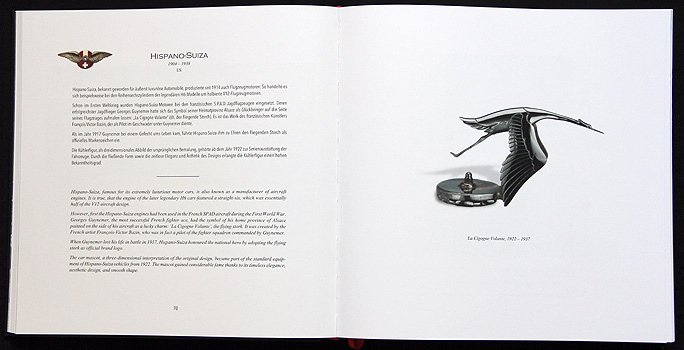
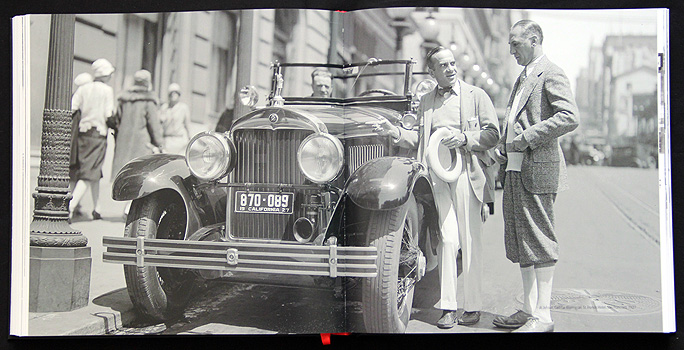
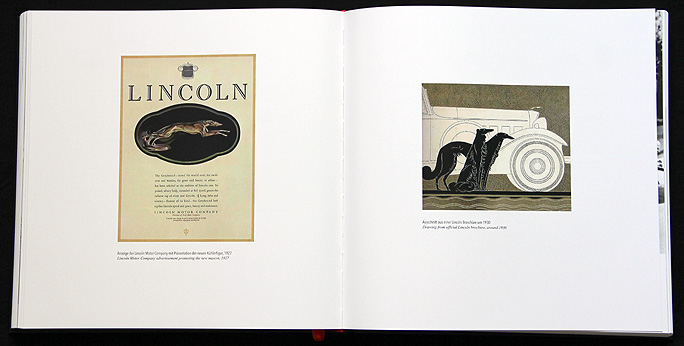
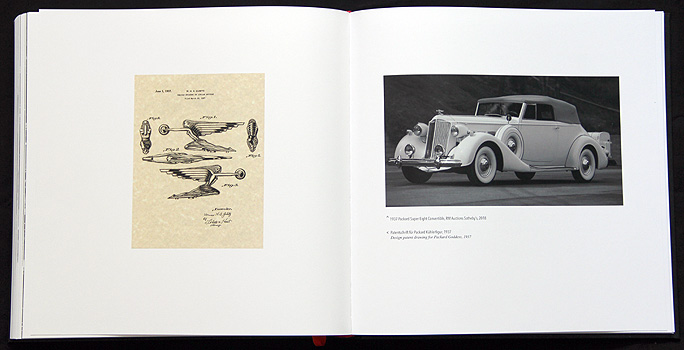
 RSS Feed - Comments
RSS Feed - Comments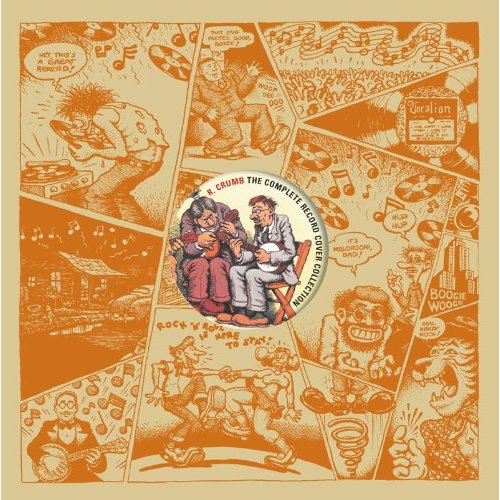
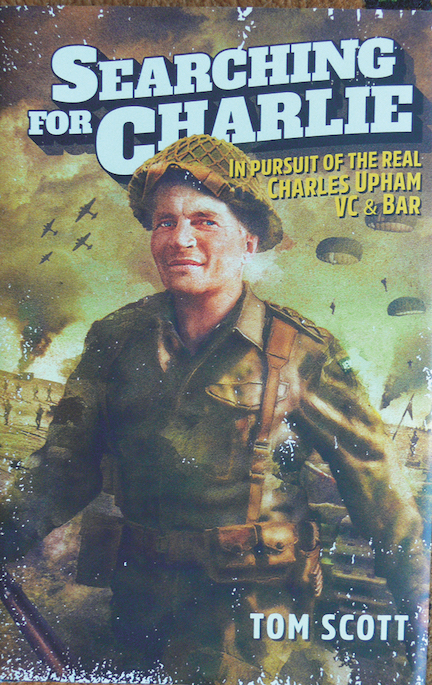
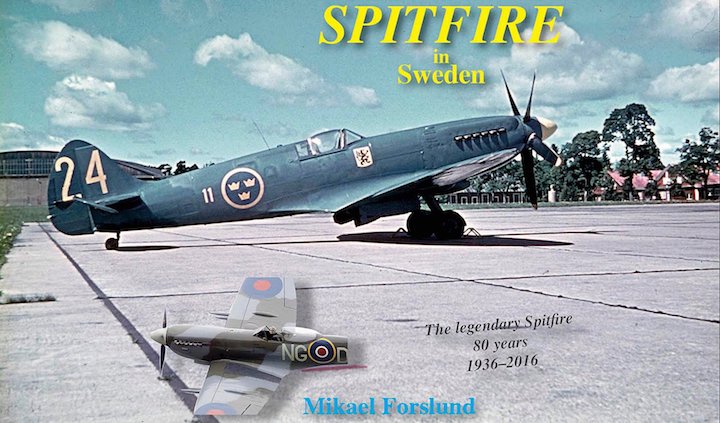


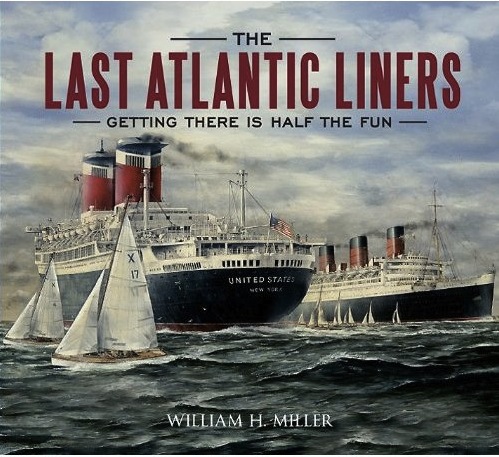
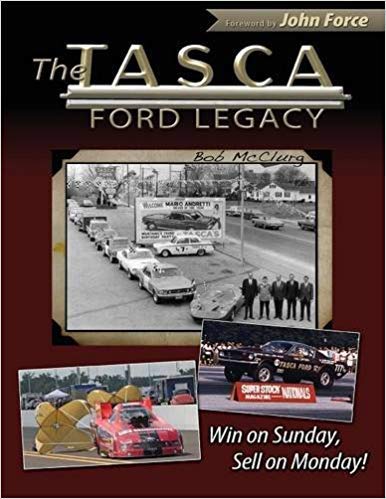

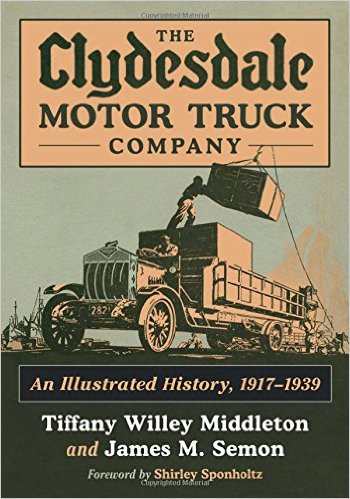
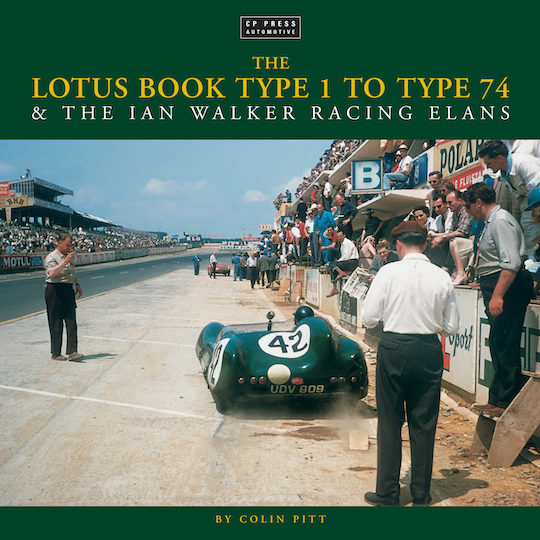
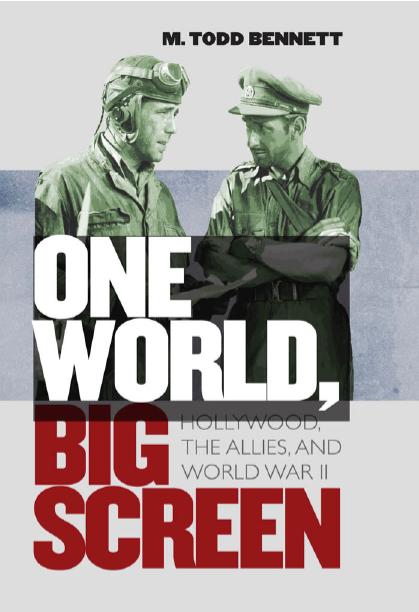
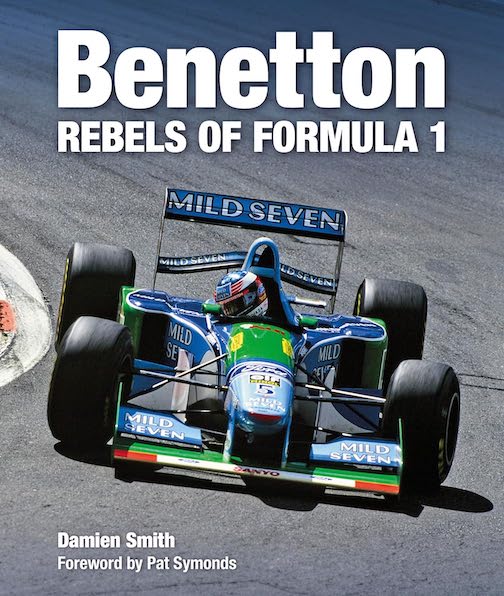
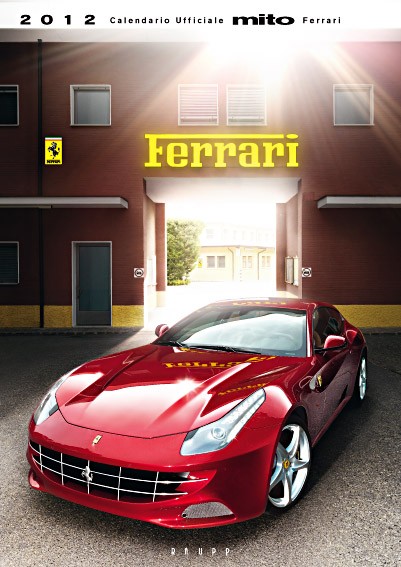
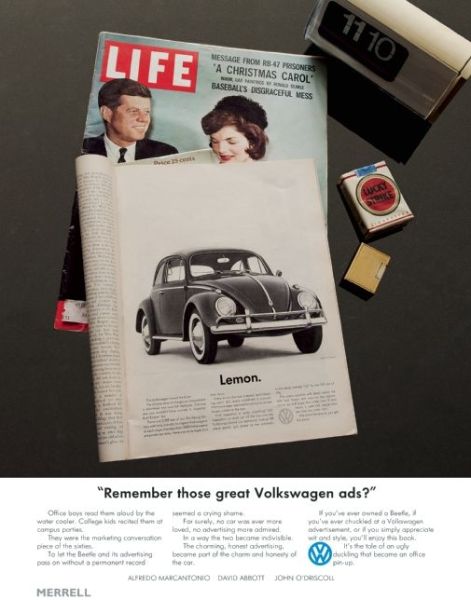
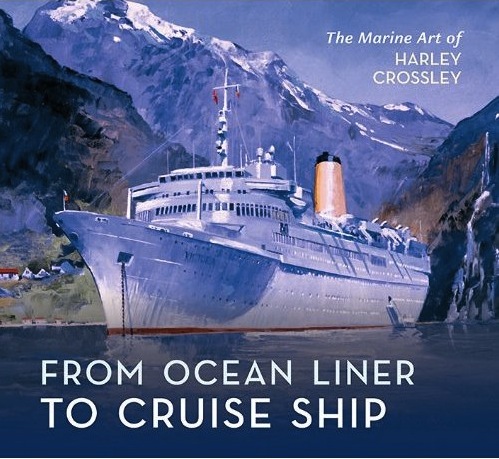
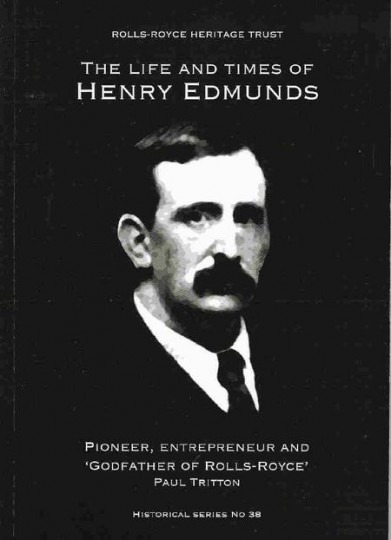
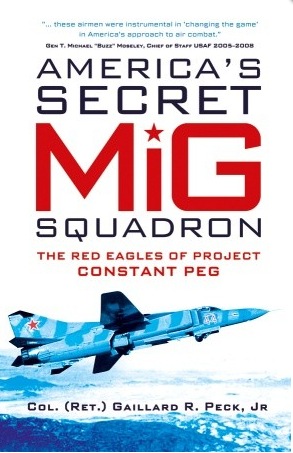

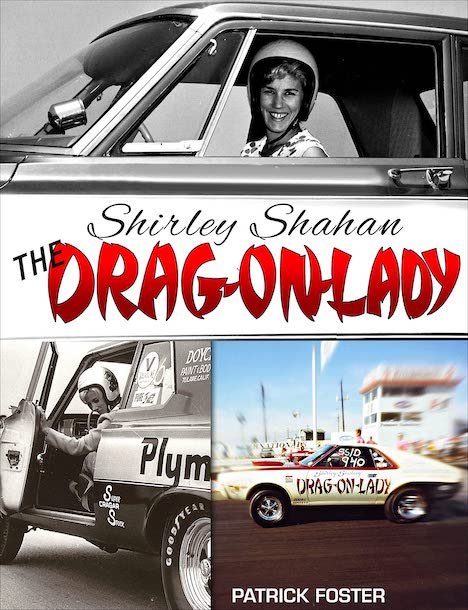


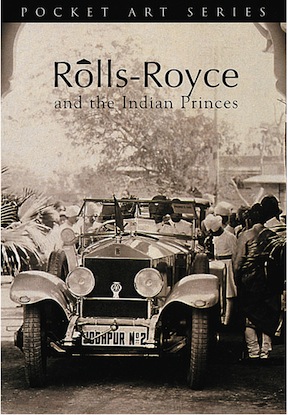
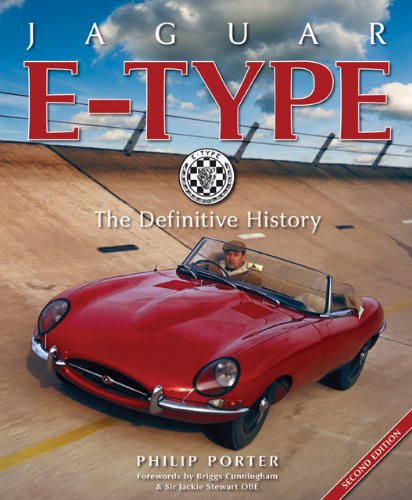

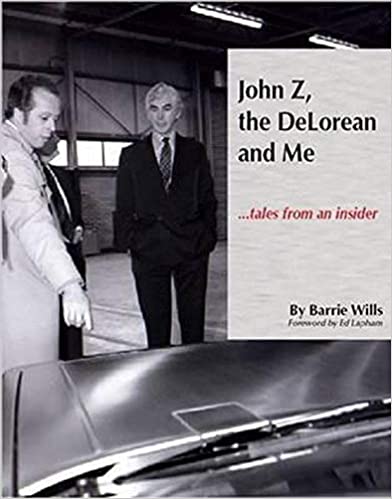
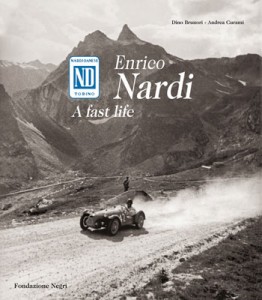
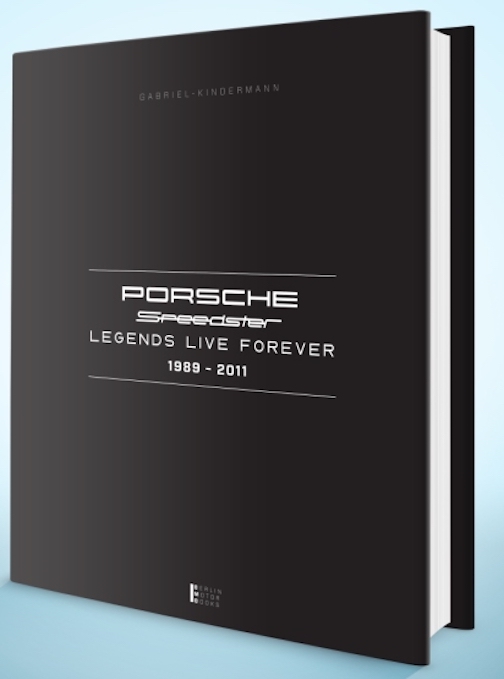

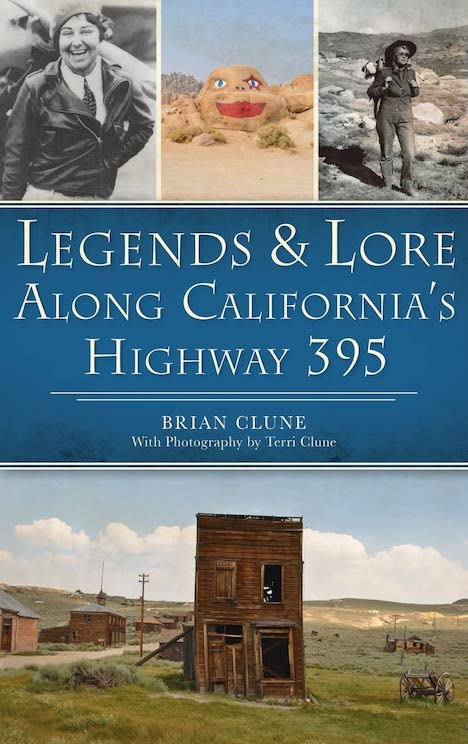

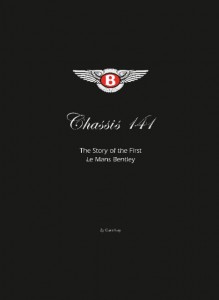
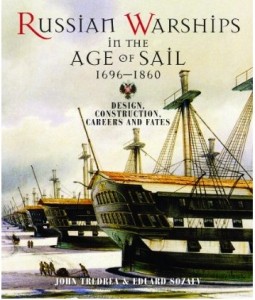
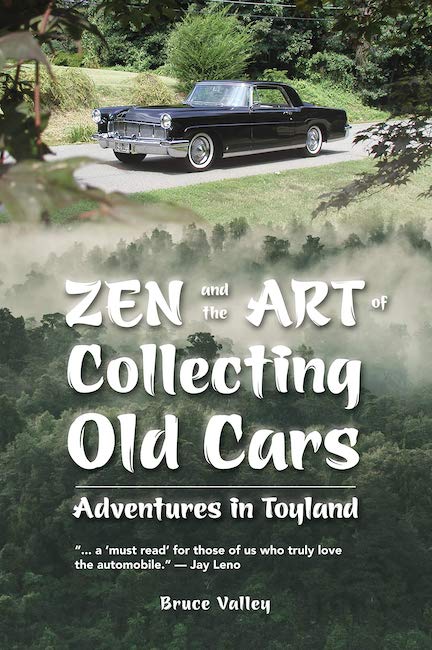
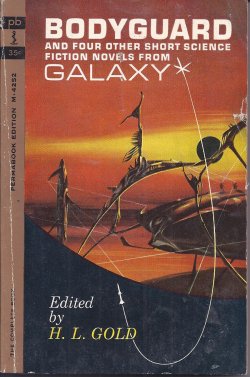

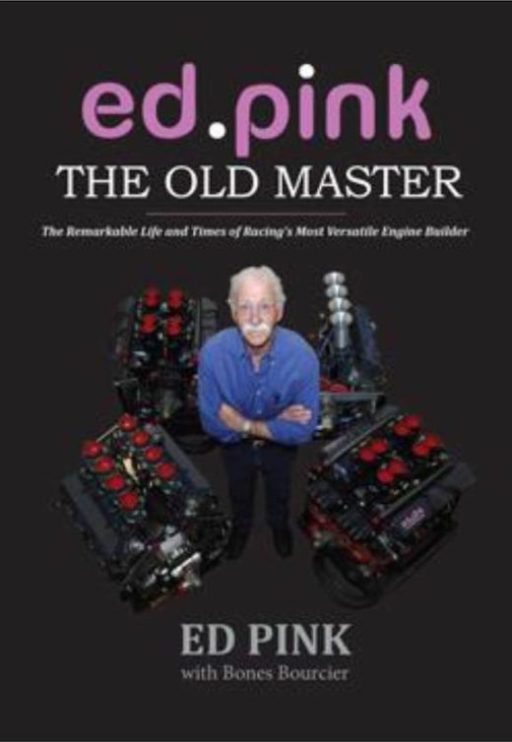

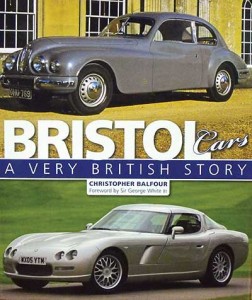


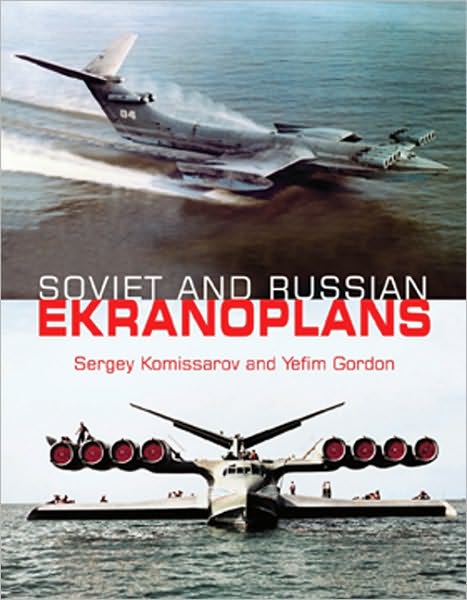
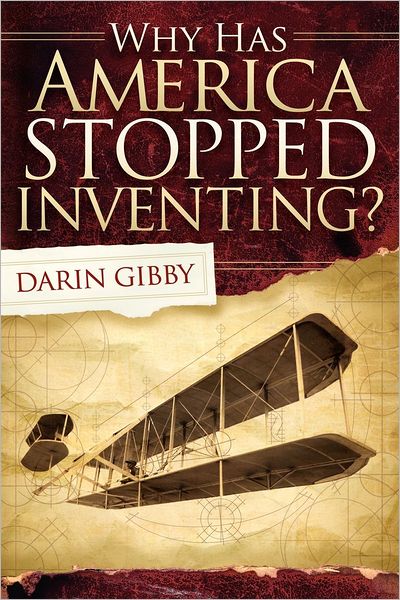
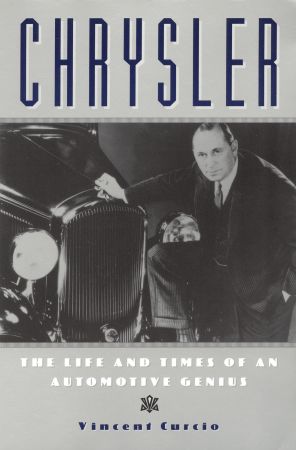
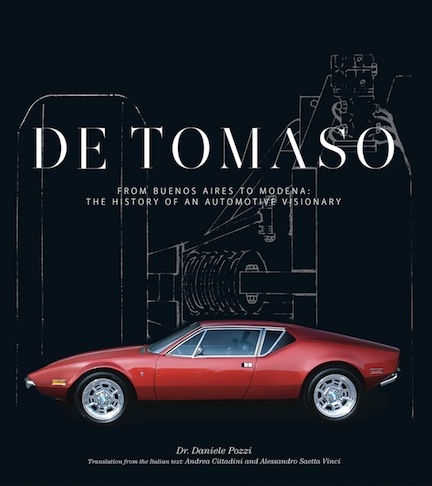
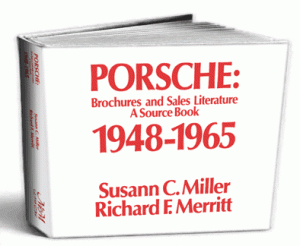
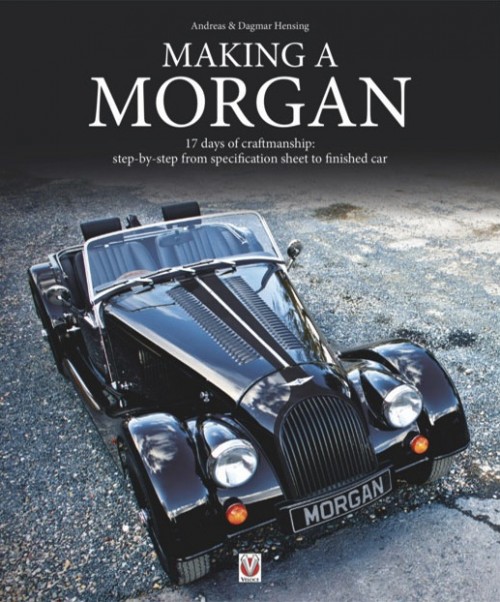
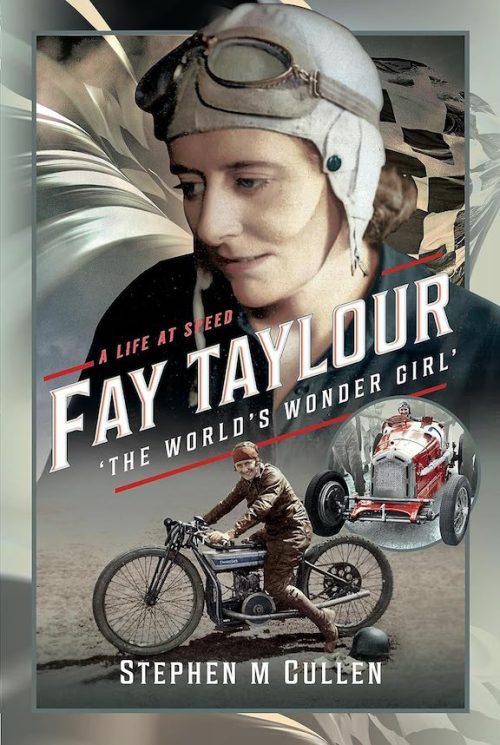
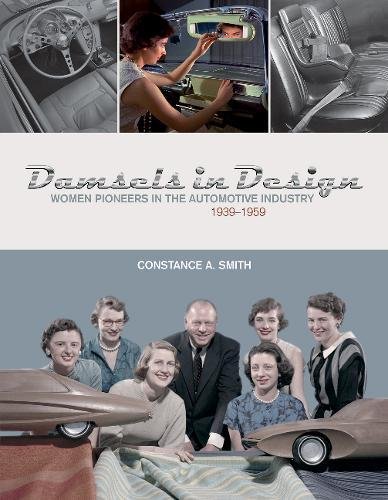
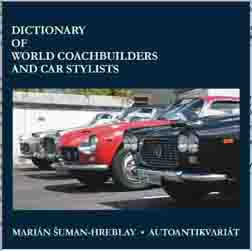
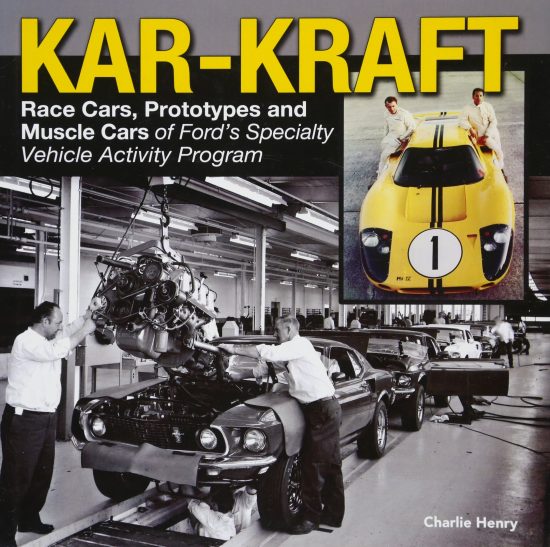
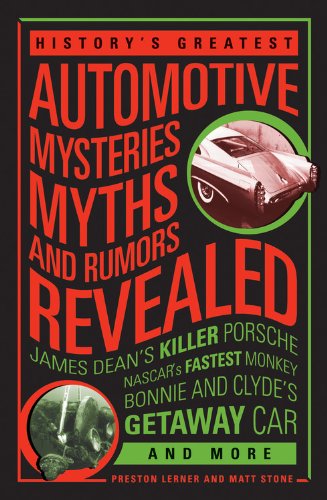

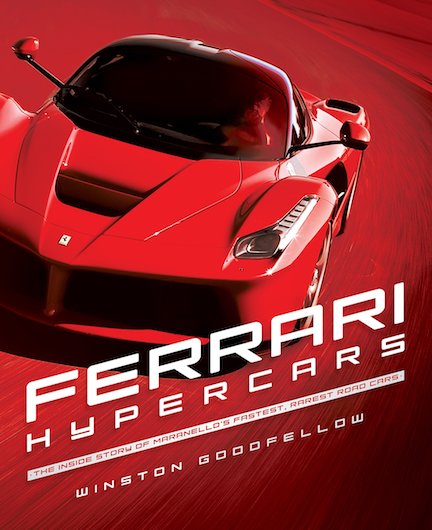
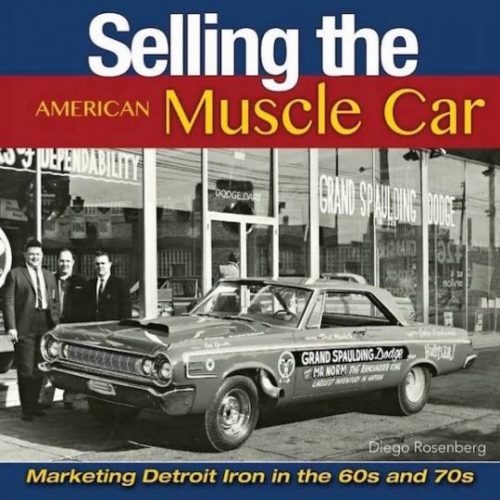
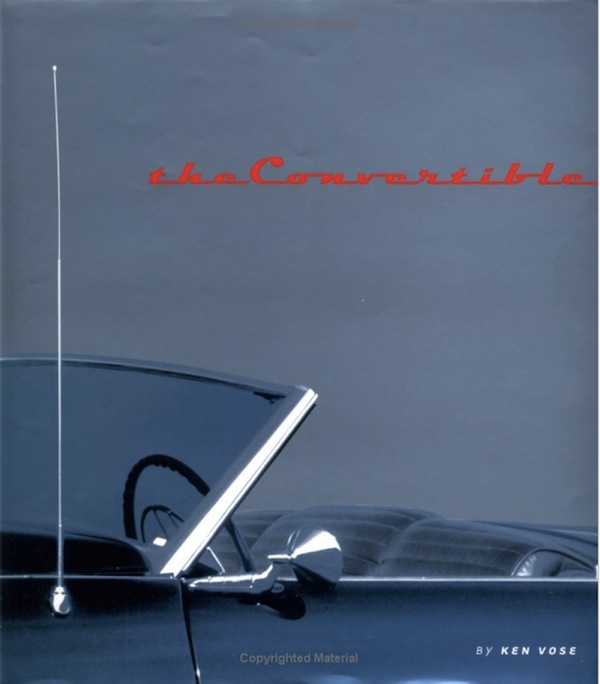
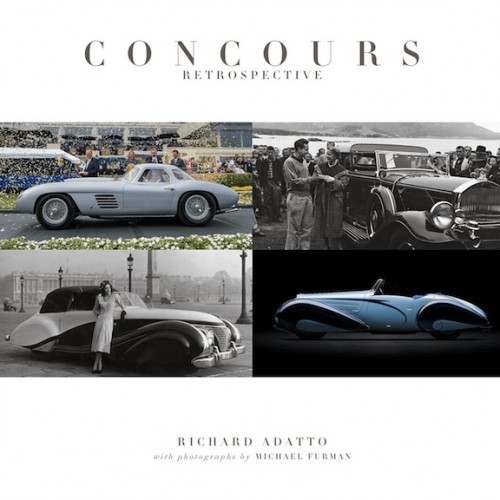
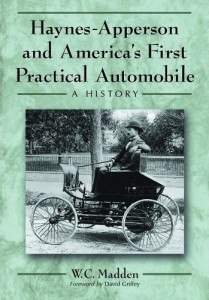
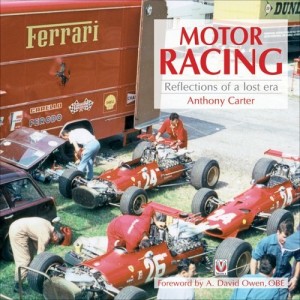
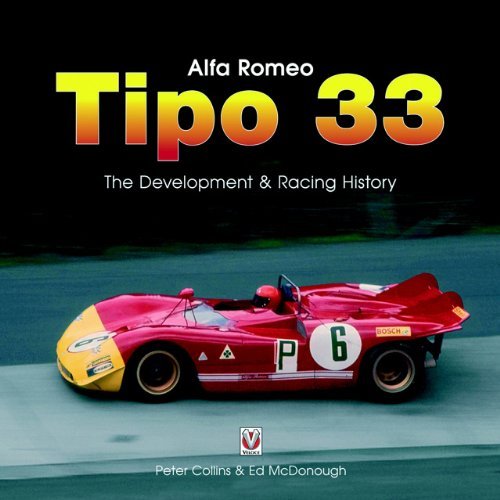

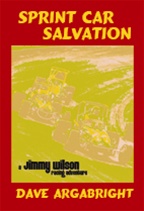

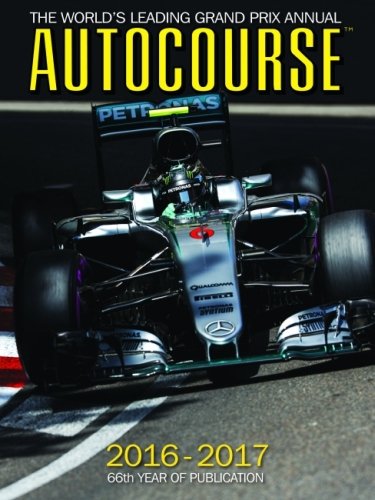
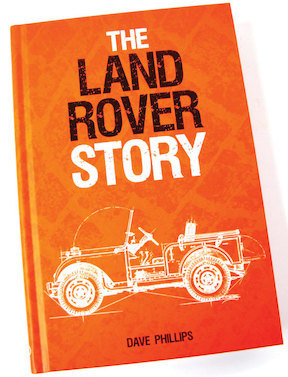
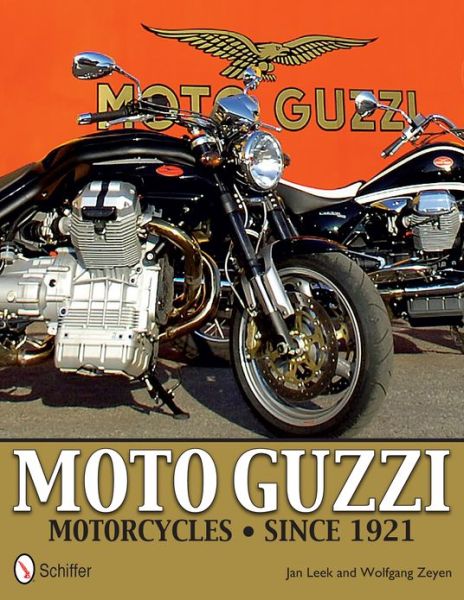
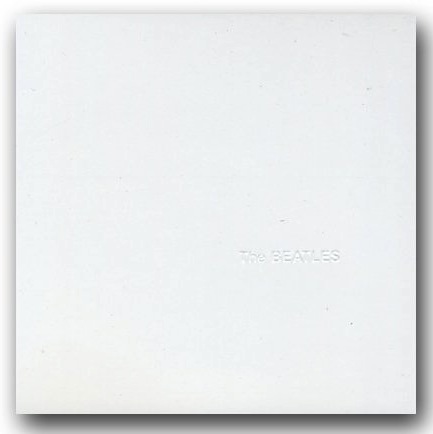
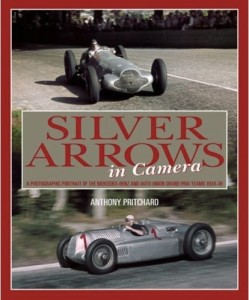
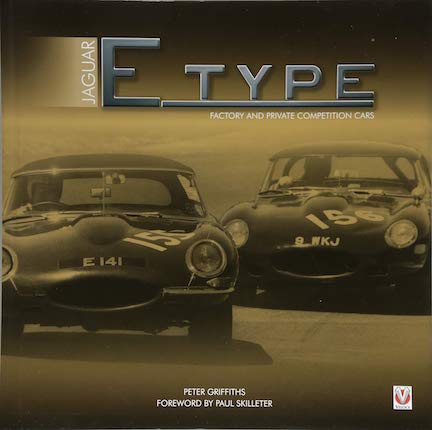
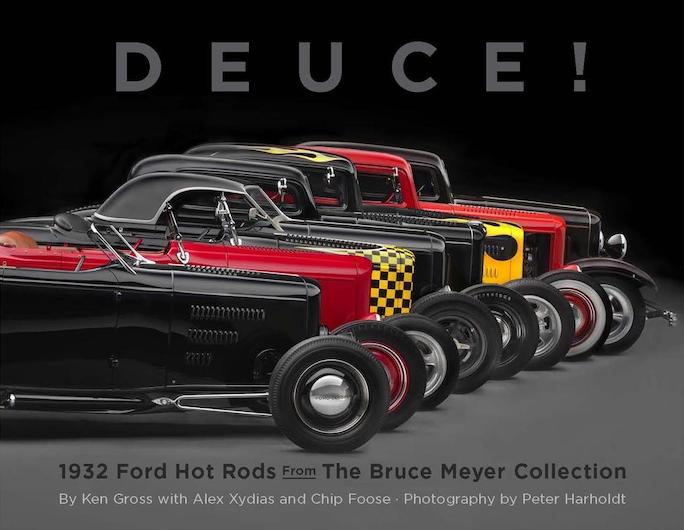

 Phone / Mail / Email
Phone / Mail / Email RSS Feed
RSS Feed Facebook
Facebook Twitter
Twitter
The automotive mascot/hood ornament has been presented in a large number of other publications (to include my own publications). Each book presents solid facts, mistakes and the author’s perspective in a hobby that is not easy to research. Matt Dressler has made a major contribution by using ancillary photos etc. to place the mascot/hood ornament into context of time. No other publication has done this in the same way. He has also given the reader “food for thought” in questioning the history behind the R-R mascot and the Whisper.
James R. Colwill